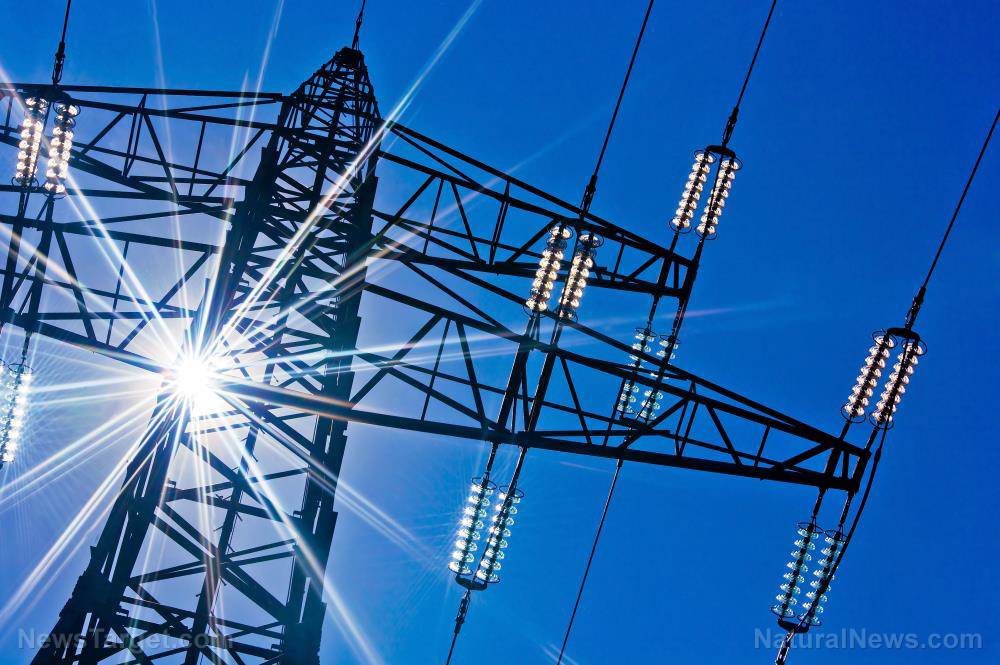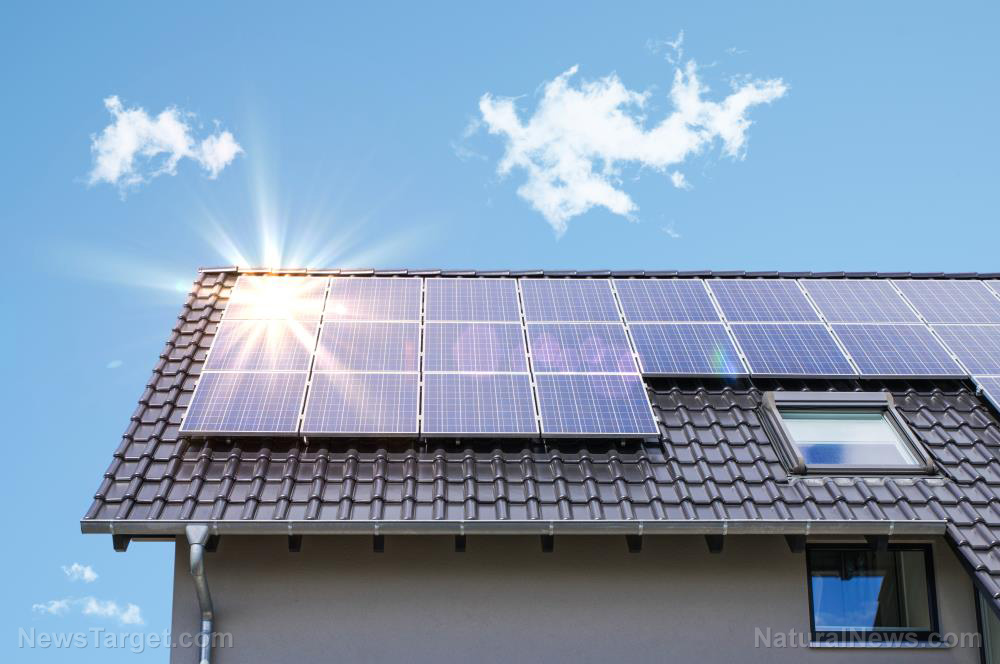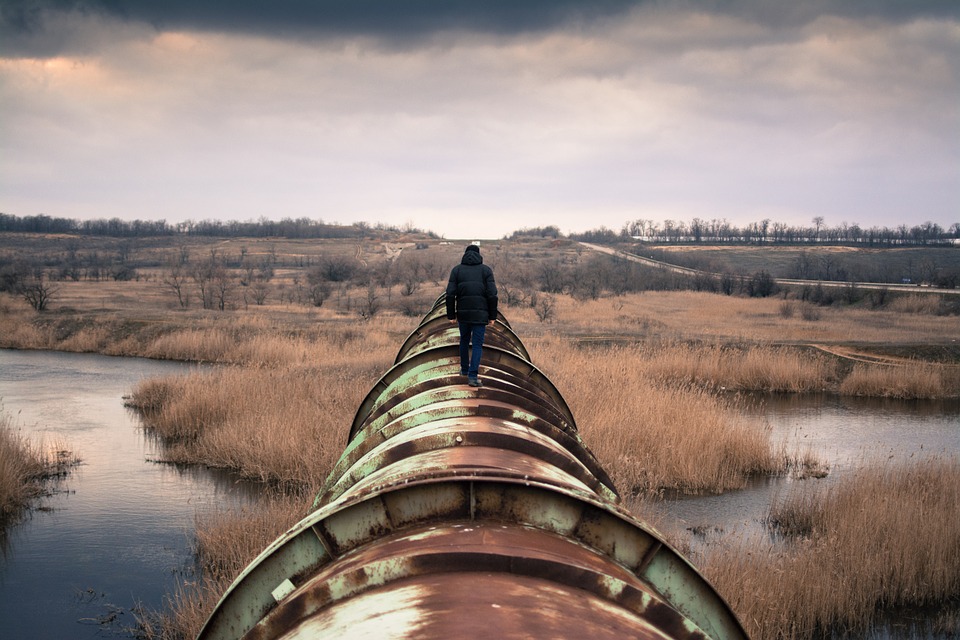WSJ warns rolling blackouts coming to America; transition to “green energy” FAILING
05/10/2022 / By Ethan Huff

As the United States continues its transition to “cleaner,” “greener” forms of energy, the electricity grid is becoming increasingly more unreliable.
Power-grid operators all across the country say they can no longer keep up with demand since wind and solar power are inadequate. The consequence is rolling blackouts during heat waves and other peak usage periods.
Much like a third-world country, America’s energy grid no longer has enough capacity to service everyone. So, electricity will now have to be cut at certain times to prevent the system from collapsing.
In California, rolling blackouts are expected this summer if extreme heat occurs, including from wildfires. Similar warnings are coming out of the Midwest as well, particularly in areas like Texas that already saw problems in the past.
“The challenge is that wind and solar farms – which are among the cheapest forms of power generation – don’t produce electricity at all times and need large batteries to store their output for later use,” reported The Wall Street Journal.
“While a large amount of battery storage is under development, regional grid operators have lately warned that the pace may not be fast enough to offset the closures of traditional power plants that can work around the clock.”
Making everything electric is destroying the grid
Add inflation and supply chain issues into the mix and the nation really finds itself between a rock and a hard place in its quest to “go green.”
The simple solution is to just go back to what we had before, which was working just fine. But there is no way the powers that be will ever allow that to happen, even if it destroys the country.
An investigation by the Department of Commerce into allegations that Chinese solar manufacturers might be circumventing trade tariffs has also thrown a wrench into the gears, as the parts needed to build new solar farms are stalled, which has brought the U.S. solar industry to a standstill.
It is also difficult right now to get anything here from China, seeing as how the country is locking down once again in response to another “wave” of the Wuhan coronavirus (Covid-19).
“Every market around the world is trying to deal with the same issue,” says Brad Jones, interim chief executive of the Electric Reliability Council of Texas, which operates that state’s power grid.
“We’re all trying to find ways to utilize as much of our renewable resources as possible … and at the same time make sure that we have enough dispatchable generation to manage reliability.”
Sustained outages of noteworthy length have been on the rise over the past several decades as the green push really started to take off in response to “global warming.”
The electrification of everything really gained steam during that time, and with major consequences. Energy systems are now so overloaded and barely holding on that reliability is fast becoming a thing of the past.
Through 2025, California regulators expect that as much as 3,800 megawatts of new energy supplies could face delays. This will put the Golden State into quite the predicament.
“We need to make sure that we have sufficient new resources in place and operational before we let some of these retirements go,’ said Mark Rothleder, chief operating officer of the California Independent System Operator, which operates that state’s power grid.
“Otherwise, we are putting ourselves potentially at risk of having insufficient capacity.”
All across the country, people are waking up to the fact that going green means going lean – or even going dark.
More related news coverage about this topic can be found at GreenTyranny.news.
Sources for this article include:
Submit a correction >>
Tagged Under:
Blackouts, California, chaos, Collapse, electricity, energy supply, green deal, green energy, green tyranny, grid collapse, panic, power, power grid, rationing, renewable energy, scarcity, Texas, US, Wall Street journal
This article may contain statements that reflect the opinion of the author
RECENT NEWS & ARTICLES
COPYRIGHT © 2017 POWER NEWS



















